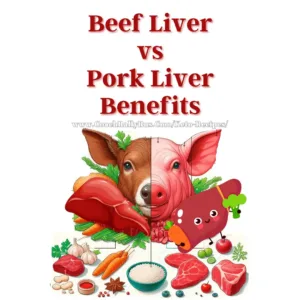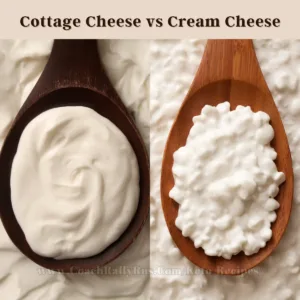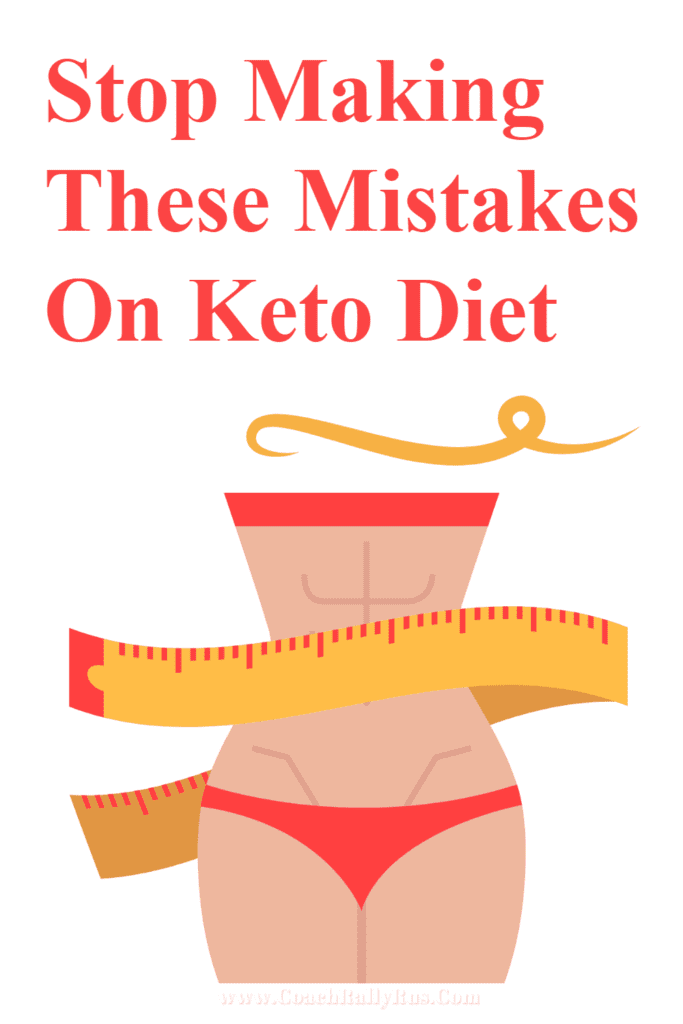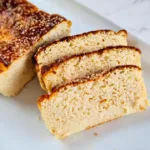As we navigate the landscape of modern nutrition and fitness, the terms Keto diet and intermittent fasting consistently emerge, often joined together. This unconventional yet remarkably effective path to improved health and weight loss is gaining traction among health enthusiasts. The ketogenic diet, often shortened to “keto,” is built upon a low-carb, high-fat eating approach. By inducing ketosis, where your body becomes a fat-burning machine, this diet promotes weight loss. Conversely, intermittent fasting shifts the focus from what you consume to when you consume. It introduces eating and fasting cycles, playing pivotal roles in weight management, metabolic well-being, and potentially extending lifespan.
Together, these strategies synergize, amplifying the unique benefits each offers. But what is the truth behind these claims, and how do these strategies actually work? Let’s embark on an exploration of the interconnected realms of the keto diet and intermittent fasting, shedding light on their potential influence on health and weight loss.
Table of Contents
What Are the Basics of the Ketogenic Diet?
Understanding the Keto Diet
The ketogenic, or “keto” diet, is a high-fat, low-carb diet that has been gaining popularity due to its potential health benefits. It revolves around the consumption of foods that are rich in healthy fats and low in carbohydrates, aiming to put the body in a metabolic state known as ‘ketosis’. When we consume fewer carbs, our bodies produce ketones from the breakdown of fats in the liver as an alternative source of energy.
Read More Here: Keto Diet Guide for Beginners: Complete Guide to Getting Started
Benefits of the Keto Diet
Some of the main health benefits associated with the ketogenic diet include efficient weight loss, stable energy levels, mental focus and clarity, reduced inflammation, improved insulin sensitivity, and potential health improvement in patients with several chronic diseases.
Studies have found that the ketogenic diet helps the body burn fat more effectively, leading to faster weight loss compared to other diets. The reason for this is that fats are consumed in higher quantities and are converted into ketones, which are then used by the body as a primary energy source.
Read More Here: Major Benefits And Risks: Unlock the Health Benefits Of Keto Diet
Keto Diet Sample Meal Plan
To provide an example of what a day might look like on the ketogenic diet, breakfast could be eggs with bacon, a healthy fat like avocado and a low-carb vegetable like spinach. Lunch might include a salad with grilled chicken, cheese, olives and a dressing with healthy fats like olive oil. Dinner could be a piece of fatty fish like salmon with a side of low-carb vegetables cooked in butter. Snacks could consist of full-fat yogurt, nuts, cheese or olives.
Getting Started and Sustaining the Keto Diet
Starting a ketogenic diet can be a big change for people used to consuming a high-carbohydrate diet. It requires careful planning and shopping to ensure all meals are high in healthy fats and low in carbs. Sustaining the keto diet also demands discipline and commitment. In the beginning, some people might experience the “keto flu,” a group of symptoms including fatigue, headaches and nausea due to the low carbohydrate intake.
There are many resources available, including meal plans, shopping lists and recipe ideas to help make the transition and maintenance of the ketogenic diet easier. It’s also recommended to consult a dietitian or nutritionist to create a personalized plan.
How Does Intermittent Fasting Work?
Intermittent fasting is a unique eating pattern that cycles between periods of eating and fasting. It focuses more on the timing of meals rather than the type of food consumed. Various methods of intermittent fasting exist, such as the 16/8 method, which involves limiting eating periods to 8 hours and fasting for the remaining 16; the 5:2 diet, which limits calorie intake to around 500-600 during two days of the week; and the eat-stop-eat method, which entails fasting for 24 hours once or twice per week.
Health benefits linked to intermittent fasting include weight loss, improved insulin sensitivity, reduced inflammation, and even increased lifespan. For enhanced benefits, some people pair the keto diet with intermittent fasting, thus inducing the body to burn fat more efficiently and potentially leading to a significant decrease in body weight. However, it’s crucial to consult with a healthcare professional before starting any new diet or eating pattern, especially if you have underlying health issues.
Intermittent Fasting Explained
Delving Deeper into Intermittent Fasting
Intermittent fasting represents a conscious way of managing your eating habits by varying periods of eating and fasting. It’s different from traditional diet plans that emphasize what to eat, focusing instead on when you should eat. Intermittent fasting isn’t a temporary trend but has been practiced in various forms throughout cultures for centuries. Scientific research supports its use, showing numerous health benefits such as weight loss, enhanced metabolic health, and even the reduction of some diseases.
Intermittent Fasting and Weight Loss
To understand how intermittent fasting aids in weight loss, it’s crucial to delve into the science behind it. When we eat, our body spends a few hours processing the food, burning what it can for energy. When we’re not eating, our body continues to need fuel. It then dips into glucose stored in the liver. Once that glucose is exhausted, the body begins to break down stored fat for energy, leading to weight loss.
Intermittent Fasting and the Keto Diet
As intermittent fasting helps the body switch its energy source from glucose to stored fat, it works in synergy with the principles of the ketogenic (keto) diet. The keto diet dramatically reduces the intake of carbohydrates, forcing the body into a metabolic state called ketosis, where it predominantly burns fat for energy. Combining intermittent fasting and a keto diet can, therefore, accelerate the transition to ketosis and boost weight loss.
Who Might Benefit from Intermittent Fasting
Those looking to lose weight might find success with intermittent fasting. It can be especially beneficial for individuals who have unsuccessfully tried calorie-restricted diets or who have plateaued in their weight loss efforts. Given its potential to improve insulin sensitivity, intermittent fasting may also benefit individuals with Type 2 diabetes.
Potential Side Effects of Intermittent Fasting
However, intermittent fasting isn’t suitable for everyone. Side effects may include hunger, fatigue, irritability, and reduced mental function, particularly during the initial stages. It’s not recommended for individuals with certain medical conditions, pregnant or breastfeeding women, or those with a history of eating disorders.
How To Start Intermittent Fasting
Embarking on an intermittent fasting journey involves tailoring the method to complement your lifestyle. Ease into this process by initiating a 12-hour fast and increasing the duration over time. Remember to drink plenty of water or unsweetened drinks throughout your fasting period. When eating, opt for foods high in nutrients – particularly emphasizing proteins, fiber, and healthy fats.
Pairing intermittent fasting with the ketogenic diet can help optimize results. This involves focusing your diet around high-quality fats like avocados, nuts, and seeds; moderate amounts of lean proteins such as meat and fish, and low-carb vegetables like kale, spinach, and bell peppers.
As you incorporate intermittent fasting into your lifestyle, ensure that you balance it with a good diet, regular exercise, and adequate rest. It is also crucial to consult a healthcare professional prior to starting a fasting regime to confirm that it is safe and suitable for your specific health conditions.
What’s the Optimal Water Intake on a Keto Diet?
A general guideline suggests that an individual should halve their body weight and consume that quantity of water in ounces every day. For instance, if someone weighs 160 pounds (72kg), they should aim to drink 80 ounces (2.273 liters) of water daily.
Get new recipes straight into your inbox!
We hate spam and promise to keep your email address safe.
Thank you!
You have successfully joined our subscriber list.
Combining Keto and Intermittent Fasting
Fusing the Keto Diet and Intermittent Fasting
Both the ketogenic (keto) diet and intermittent fasting have been identified as strong influencers of positive health outcomes, growing in popularity for their potential to enhance overall well-being. As they stimulate similar metabolic pathways, combining these two strategies has been noted to have a synergistic effect, amplifying their individual benefits for some people.
How do They Synergize? Exploring the Combination Keto Diet and Intermittent Fasting
The keto diet and intermittent fasting stimulate some of the same beneficial metabolic responses, such as increased insulin sensitivity, fat loss, autophagy (a cellular cleaning process), and anti-inflammatory effects.
When in ketosis, the body readily burns fat due to its scarcity of carbs. When paired with IF, burning stored fat becomes even easier because, after about 12 hours of fasting, glycogen stores deplete, and the body starts tapping into fat for energy.
Real-World Examples and Success Stories
My Personal Weight Loss Story
Amid a journey marked by exploration, adjustments, and a myriad of trials, I stand before my triumph: 65 kilograms (equivalent to 10 stone or 140 pounds). A journey that witnessed a remarkable shedding of 20 kilograms, igniting a fire of pride within me that still burns brightly. It’s as if a new ‘me’ emerged from the shadows – the ‘me’ I was destined to become.
My path to victory was paved with the harmonious fusion of the keto diet and intermittent fasting. I embarked on an expedition of reading, experimentation, and menu refinement. There were highs and lows, moments of triumph and moments of challenge. Yet through it all, I persevered.
The journey began with a month of adaptation, a foundational phase where I diligently reduced my daily meals from five to two. This transformative transition laid the groundwork for my upcoming odyssey. Simultaneously, I embraced the keto diet, acquainting myself with its intricacies and nuances. It was a journey of discovery – one that unfolded as I made deliberate choices and adjustments to align with the principles of the keto diet.
As I moved forward, the 18:6 rhythm became my guiding star, a ratio that I embraced with dedication. For six days each week, I savored two balanced meals, finding rhythm and structure in the art of nourishment. And then there was that one day – a day of empowerment – when I chose a 24-hour fasting journey. This cycle, practiced for five months within the span of my six-month journey, was a testament to my resolve.
The outcome? An astounding transformation. Not just in numbers and appearances, but in the very essence of who I am. I found happiness and lightness that radiated from within, transcending the physical realm. I blossomed into the ‘me’ I was meant to be – a testament to the fusion of science, determination, and the embodiment of transformation.
As my journey continues, the synergy of the keto diet and intermittent fasting remains my compass, guiding me forward with the wisdom that transformation is not just attainable; it’s the very essence of who we’re destined to become.
Read my full story below!
Expert Advice
Experts believe that combining the ketogenic diet and intermittent fasting may yield impressive results, but they recommend cautious and progressive incorporation of these strategies. They suggest starting with the keto diet first to ease the body into using fat as its primary fuel source. Once comfortable with this dietary style, one can start experimenting with a simple form of intermittent fasting, such as not eating anything after dinner and delaying breakfast for as long as comfortably possible.
Also, keep in mind that it’s crucial to listen to the body’s signals and adjust if needed. For instance, if one experiences extended discomfort, like headaches or fatigue, it might be a sign to scale back and seek professional advice if needed.
Remember, the goal of combining these strategies should also include increasing overall nutrient intake and improving overall health, not just reaching a particular body weight or shape.
It is essential to remember that though the keto diet and intermittent fasting have shown promising results for some, they may not suit everyone. Each person’s body responds differently, and what works for one may not work for the other. It’s always best to consult with a healthcare provider or a nutrition specialist before starting such dietary changes.
Challenges
While the benefits can be enticing, combining a keto diet and intermittent fasting does come with challenges. These can include initial hunger pangs, low energy, stress, difficulty sleeping, nutrient deficiencies, or particular health conditions that might make this combination infeasible.
A significant challenge in combining these two methods is adhering to the strict dietary requirements and eating times. It requires a high level of discipline, planning, and consistency—particularly because the keto diet restricts many common foods, like bread, rice, and certain fruits, which some people may find difficult.
The world of nutrition and fitness can seem intricate, filled with diverse diets and approaches for health and weight loss. To create a practical, lasting plan, you need to comprehend, commit, and tailor it to your body’s needs and lifestyle. In this exploration, we demystify the Keto diet and intermittent fasting – two increasingly popular methods. We also delve into their combined impact, sharing real-world examples, insights, and expert advice for your journey. Remember, consult a healthcare professional before major changes to your diet or exercise routine, ensuring safety in your quest for better wellbeing.
- All
- Free Keto Diet Information
- Keto Friendly Ingredients Information
- Weight Loss

High Fiber Vegetables for Your Keto Diet

Comparing Pork Liver vs Beef Liver: What Is Better?

What Makes Keto Different From Other Diets? Keto Diet Vs Other Diets

6 Key Facts about Keto Diet You Must Know

Cottage Cheese vs Cream Cheese: Differences, Use and Recipes



















